This story was co-published with El Paso Matters as part of our joint Equitable Cities Reporting Fellowship For Borderland Narratives.
In El Paso, where more than 2,000 migrants cross into the U.S. every day, officials are working with the local diocese, nonprofits and the Texas National Guard to process, protect and shelter new arrivals. In Laredo, Texas, officials are preparing to not only shelter migrants who attempt to enter, but also to connect them with legal advisors so that they may seek asylum. And in Yuma, Arizona, migrants are quickly linked with nonprofits to help them continue to their ultimate destination.
The scenes across these three cities are typical of what has been happening along the U.S.-Mexico border for the past year, as unrest in several Central and South American countries has put thousands of migrants on a path to the U.S. The Department of Homeland Security estimates that between January and September 2022, close to 2.4 million encounters with migrants occurred along the U.S.-Mexico border.
Now, with Trump-era pandemic restrictions known as Title 42 expected to expire imminently, cities along the Southern border are strategizing to prepare for a sudden influx of migrants. From transportation to legal aid, nonprofits and city leaders are expanding existing partnerships to meet the expected need.
The Title 42 border policy, initiated by former President Donald Trump in 2020 at the onset of the pandemic and later expanded by the Biden administration, allows border agents to immediately expel many migrants without the opportunity to seek asylum. The policy was set to expire Dec. 21; last week, Supreme Court Chief Justice John Roberts temporarily blocked the end of Title 42, and on Tuesday the Supreme Court ordered that the restrictions must remain in place until it hears arguments in the case in February.
Even though the expiration is on pause, officials in these border cities say they are continuing with preparations for the end of Title 42 and the current influx of migrants.
El Paso, Texas: Using vacant buildings to house migrants
The City of El Paso has been under a disaster declaration since Dec. 17. The order was extended for 30 more days to help keep migrants off the streets. The emergency declaration prompted Texas Governor Greg Abbott to send 400 soldiers with the Texas National Guard to the city.
The guard set up barriers in popular crossing places on the riverbank of the Rio Grande with armored vehicles and concertina wire to prevent migrants from crossing and direct them to designated entry points.
“As we know, there’s a lot of people in Juarez waiting to cross over,” says Mario D’Agostino, Deputy City Manager of El Paso. When Title 42 ends, “we don’t know what that flow is going to look like. We are being proactive. We are setting up as much bed space as we possibly can.”
That same week, the city took possession of two abandoned middle schools and set up a shelter at the convention center to house migrants waiting for passage to their final destinations.
The Judson F. Williams Convention Center is set up to accommodate 1,000 migrants and can be expanded to 2,000 if needed. The capacity of the vacant schools – Morehead and Basset Middle Schools – has not yet been determined, but city officials expect the schools to accommodate similar numbers.
These government-owned buildings form the backbone of El Paso’s plans to respond to the eventual end of Title 42. Partnerships with a slew of non-governmental organizations are also aiding their efforts.
Among other groups, the Annunciation House provides shelter and support for migrants and refugees; the Border Network for Human Rights supports immigration reforms and provides warm clothing; the Catholic Diocese of El Paso runs five migrant shelters; El Pasoans Fighting Hunger Food Bank provides meals; Opportunity Center for the Homeless provides clothing and toiletries; and The Rescue Mission of El Paso Shelter and the Sacred Heart Church provide dinner and overnight stays for migrants.
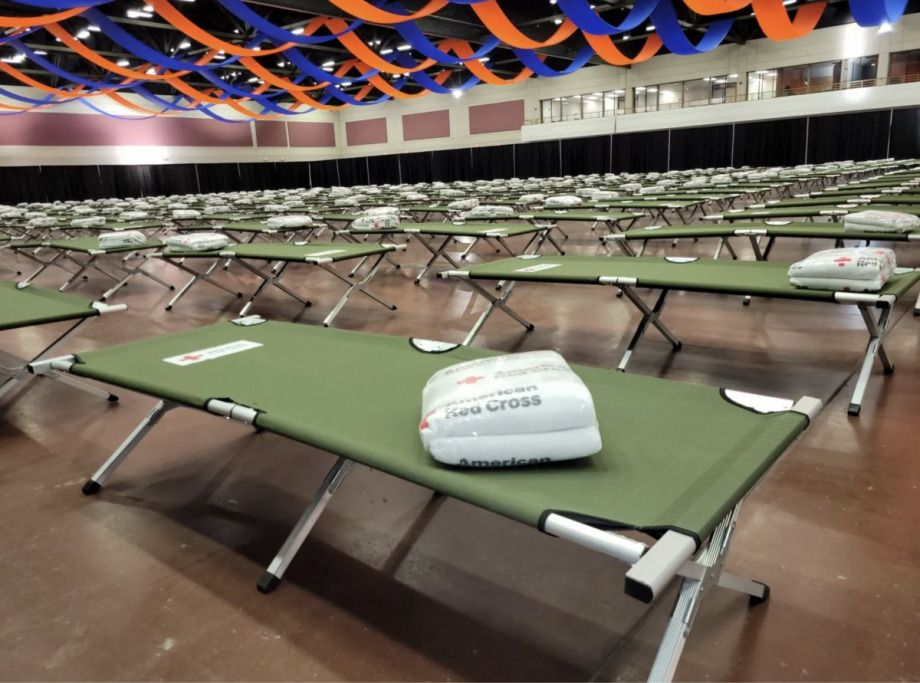
Hundreds of cots are set up at the Judson F. Williams Convention Center in El Paso, where some migrants are staying. (Photo by Christian Betancourt)
Laredo, Texas: As NGOs lead the way, ‘praying that all works out’
In the City of Laredo, Fire Chief Guillermo Heard serves as the emergency management coordinator. He says the community has an efficient system where most of the releases by DHS in the city are happening at a soft-sided facility in South Laredo.
“Our local non-governmental organizations coordinate the transfer to their centers for respite care and for their travel to their final destination,” he says. “Laredo NGOs have assisted over 100,000 migrants this year.”
The Catholic Charities Diocese of Laredo serves as a decompression zone for immigrants entering through Eagle Pass, El Paso, the Rio Grande Valley, and Arizona at their La Frontera Shelter on 1901 Corpus Christi St.
“We expect an increase of migrants arriving at the border either at the bridge or crossing the river,” says Rebeca Solloa, Executive Director of the organization, about the lift of Title 42. “We hope that they will present themselves at the ports of entry bridges. The Mexican border cities have had many immigrants residing in their cities waiting for the lift of Title 42.”
The shelter can host from 500 to 700 people during the day and 250 overnight. It serves as a respite place for migrants to receive food, travel snack bags, showers, change of clothing, internet connection to contact their families and overnight stays if needed.
“We communicate with them to determine their most immediate needs and find ways to resolve them,” says Solloa. “The migrants arriving at our shelter will see that there are caring staff and volunteers to help them with their onward journey. (We offer) case management to help them plan their travel to their final destination, transportation to the local terminals for their departures, and personal attention for specific needs.”
Heard says no emergency declaration has been issued in the city, and officials have been in constant communication with federal, state and local partners to prepare for the expiration of Title 42 and any possible aftereffects in the community.
“The city will continue coordinating with local stakeholders to provide assistance to the migrant population through our local NGOs,” he says. “We have been coordinating with them on a possible expansion of their shelters.”
The city, Heard says, does not run any shelters or other services for migrants.
“Currently, our local NGOs are the only ones providing services to the migrants,” he says. In 2020, the City of Laredo received funding to assist in migrant operations; the city has requested further assistance for 2023. “Our role is to provide assistance to all community members in need, including visitors.”
The hope for Solloa is that the influx of migrants, whenever Title 42 is lifted, happens in an orderly manner to ensure migrants receive proper care and attention to their asylum requests: Migrants should be prepared to walk across the bridge into the U.S., pass through a point of entry, provide contact information for expected sponsors, and travel to their destination based on discussions with their sponsor.
“Each time we learn about the lifting of Title 42, we start preparing with getting the necessary staff, food, clothing, etc., ready. So we will continue to put our plan in place for the lift of Title 42, and hope and pray that all works out well.”
Yuma, Arizona: ‘Nowhere to surge’
The City of Yuma, which borders Mexico with San Luis Rio Colorado and Algodones, has a population of about 100,000. Every day, Mayor Douglas Nicholls told Next City, about 1,000 migrants come through the border, “the majority of which are then interdicted by border patrol.”
A “very low percentage” of these migrants are asylum seekers, he says. “They are pushed through the regular system, and then most of them are released upon their own reconnaissance for a future court date for removal or asylum protection if they end up seeking that at a later date.”
On Dec. 20, DHS began releasing individuals into the city of Yuma, something which hasn’t been seen since March 2021. That day, Yuma sector was anticipated to release 50 migrants to the city streets, Nicholls says.
“This sector has the highest ‘in custody’ numbers in the nation right now, and there does not appear that additional resources are coming to assist,” he says. “The releases beginning [Dec. 20] may be a daily occurrence.”
As migrants are released from the Department of Homeland Security, they are turned over to the nonprofit Regional Center for Border Health. The group organizes migrants’ passage out of the city and to their ultimate destination. At the moment, Nicholls says, that means bus rides to airports in other cities.
Yuma serves as a transit point for migrants making their way to their ultimate destination. Regional nonprofits try to get them on their way within a day.
“Sometimes it takes two days, but they’re trying to prevent having to shelter people,” Nicholls says. “The nonprofit here does an amazing job. They process, right now, about 350 people a day. The city doesn’t provide any sort of food or housing or medical care or any of those emergency services like that. We rely upon the nonprofit to take care of it or, more importantly, the federal government to take care of it.”
The influx of migrants coming through cities should be a problem the federal government deals with, not the communities where they cross, according to Nicholls: “The cities will do what we can to assist. But the federal government needs to own that issue and not try to push it off on the cities, towns, and counties.”
At this point, Nicholls says, Yuma is “just beginning to see…what we saw a year ago, and that is people walking through the community without going through border patrol.” Such cases, he says, are starting to tick up.
Nicholls says he does not expect an influx of migrants through the border in Yuma if Title 42 is lifted, since Yuma doesn’t encounter many asylum seekers.
“The situation here is different than in most of the other parts of the country,” he says. “Only about 10%, or about 100 people a day, are qualified for Title 42 repatriation. So when Title 42 goes away, we’re not going to see a dramatic change if the numbers don’t shift.”
Problems would arise, according to Nicholls, when the numbers of those being processed grow so the city can’t handle it and they do not receive help from other towns, since most of their encounters are sent to be processed at other DHS locations in El Centro, San Diego and Tucson.
“Those sectors have between 40-60% of their populations that are Title 42 eligible,” he says. “So when those people start coming back through, those systems won’t have the capacity to take from Yuma. So we won’t have anywhere to surge to help with the flow. That’s going to be the dramatic negative impact here in Yuma.”
Yuma has been under a disaster declaration since Dec. 9, 2021. The County of Yuma enacted a disaster declaration on Dec. 14, prompting Nicholls to meet with the state and federal Government officials to request aid.
“After the meeting, I was provided a copy of the plan for the response to Title 42 terminating,” he says. “The plan remains extremely vague and inadequate at this time despite having asked for the plan about two years ago. The plan also focuses on moving migrants through the system faster to release into the U.S., not focusing on the reduction of the flow and curtailing these record numbers.”
Nogales, Arizona: ‘Stretching our capacity to love’
In the city of Nogales, which shares the same name both in the U.S. and Mexico, the Kino Border Initiative is preparing to welcome immigrants by offering an array of services to support holistic accompaniment. The organization’s services include daily meals, clothes, first aid, psychological and pastoral accompaniment, social workers, and job and employment support through their Livelihood Project.
“We are confident that we can come together as communities and a society to provide welcome and a just process for people who have been stranded at the border by Title 42,” says Joanna Williams, Executive Director of the Kino Border Initiative. “We look forward to the opportunity to continue to stretch our capacity to love our neighbors.”
A partnership with Florence Immigrant and Refugee Rights Project allows Kino to offer legal assistance in both countries. “We also work with migrants to advocate for more just and humane immigration policy change in the U.S. and in MX,” says Kino Director of Communications Gia Del Pino.
Del Pino shares the story of Elena – a mother from Mexico seeking asylum with her children – with whom the organization works.
“I watched the news and felt great joy for my children and me,” Elena says. “If they remove Title 42, it will benefit all the migrants who are here without work, living in the streets and in danger. Since I left my town, I have been in danger, and so are my children. Here in Nogales, they already robbed me. They already tried to take my child from me. I am waiting for the government’s response.”

Christian De Jesus Betancourt is Next City and El Paso Matters' joint Equitable Cities Reporting Fellow for Borderland Narratives. He has been a local news reporter since 2012, having worked at the Temple Daily Telegram, Duncan Banner, Lovington Leader and Hobbs News-Sun. He's also worked as a freelance reporter, photographer, restaurant owner and chef. Born and raised in Juarez, El Paso became Betancourt’s home when he moved there in the seventh grade.

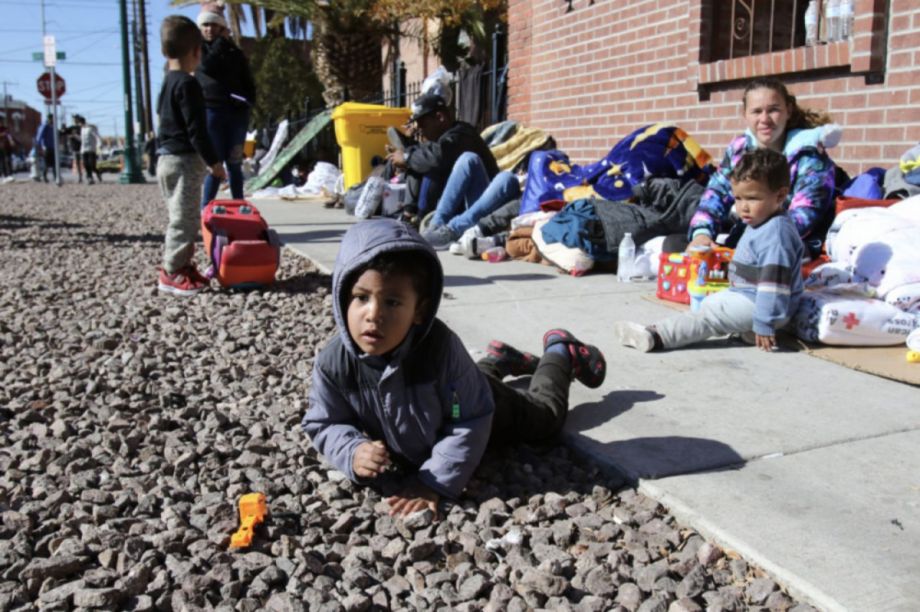
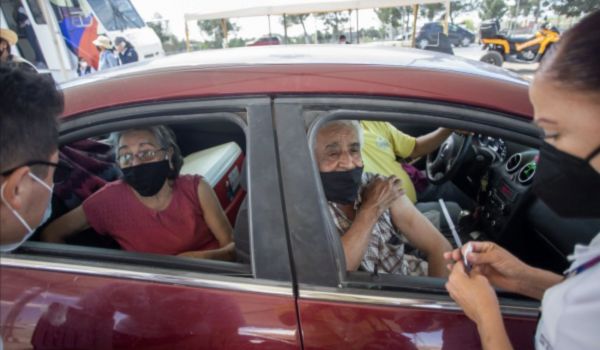
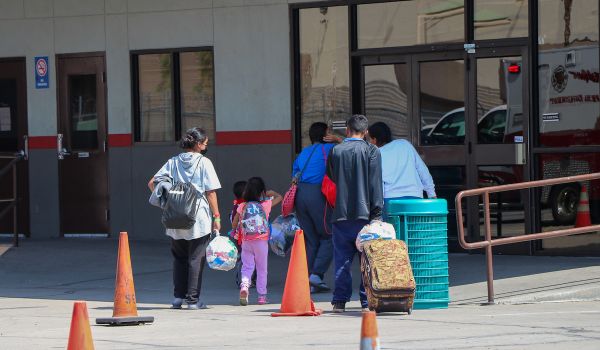
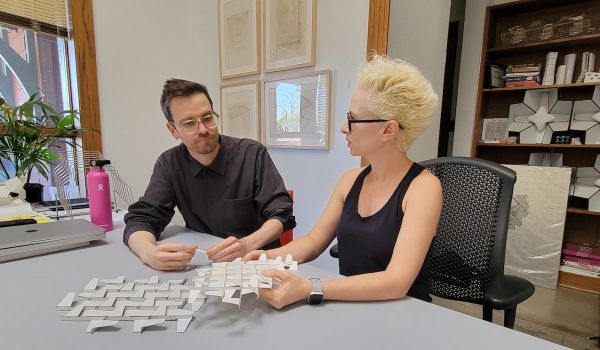

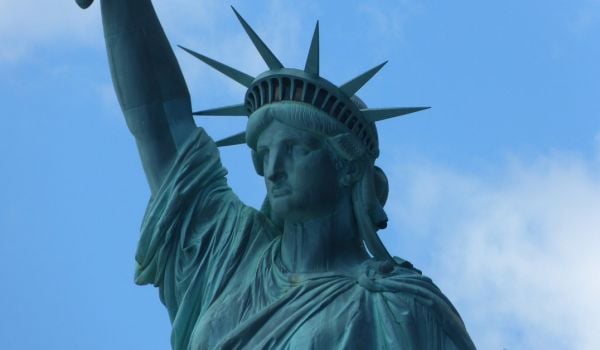
_600_350_80_s_c1.jpg)








